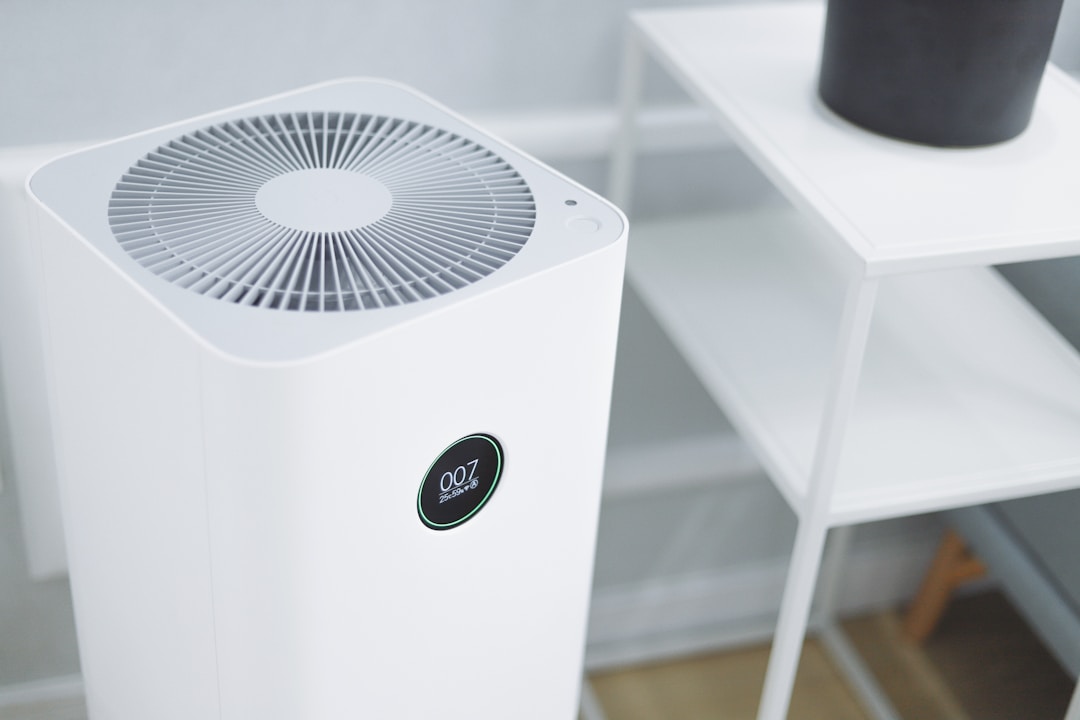Owning your home is an incredible milestone, but it does come with some additional responsibilities that renters may not be accustomed to. One of those responsibilities is taking care of maintaining your home’s HVAC system. There are few parts of your home that will affect your safety and comfort more than your HVAC. Any issues that arise should be dealt with immediately, including when your AC isn’t blowing air at an appropriate temperature. If you’re dealing with this issue and don’t know what to do, keep reading to find out why your air conditioner isn’t producing cold air.
Why isn’t your air conditioner blowing cold air?

There’s nothing more frustrating than waking up on a hot day only to find that your air conditioner isn’t blowing cold air. Though some of the issues that can cause your AC to blow warm or room temperature air are simple to fix, you should always have a technician diagnose the problem before you try to fix it on your own. There are some common causes for air conditioners that aren’t able to produce cold air.
One potential source of the problem that’s an easy fix is an improper thermostat setting or a low battery. You could also have a dirty air filter or coil, which can cause obstruction within the unit itself. Obstructions prevent the air handler from blowing cool and dehumidified air through the filter. This is why regular filter changes are necessary for homeowners in warmer climates. Another possible reason for the lack of cold air is a refrigerant leak, which is a problem that requires professional attention. Without refrigerant, your air conditioner will be unable to absorb heat or remove humidity.
Preventive maintenance is often neglected by homeowners, but it’s essential for protecting your system and extending its life span. Generally, you should expect to have your HVAC unit inspected at least once annually and change the filter on a monthly basis to avoid allowing dust or dirt to build up. The average HVAC system needs to be replaced every 10 to 15 years, so if you’re experiencing consistent problems with a unit that is over a decade old, it might be time to purchase a new one.
What else can you do to manage the temperature in your home?

Anyone experiencing issues maintaining their desired indoor temperature should double-check that there aren’t outside factors that are affecting the space. For example, cracks and crevices in doors and windows can let in outdoor air that can make your home feel too hot or too cold. Inspect your windows and doors at the start of each season so you can determine whether or not it’s time for repair or replacement.
If you want to make your HVAC system even more useful, you should consider installing a smart thermostat. Smart thermostats are Wi-Fi enabled and compatible with other types of home automation. You can adjust your HVAC from anywhere, including your mobile phone, smart speaker, or computer. Many thermostats even use algorithms to learn your schedule and reduce the load on your HVAC whenever possible so that you can cut down on your energy costs.
There are a lot of factors to consider when trying to maintain a consistent indoor temperature. The best thing you can do for your home is to be proactive about preventive maintenance for your HVAC system. This includes regular inspections and filter changes, though you should also keep an eye out for other issues like refrigerant leaks or improper thermostat settings. A smart thermostat can give you even more control over the indoor climate, though none of the improvements you make will have their intended effect if you don’t maintain the rest of your home, too.





